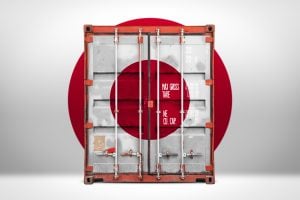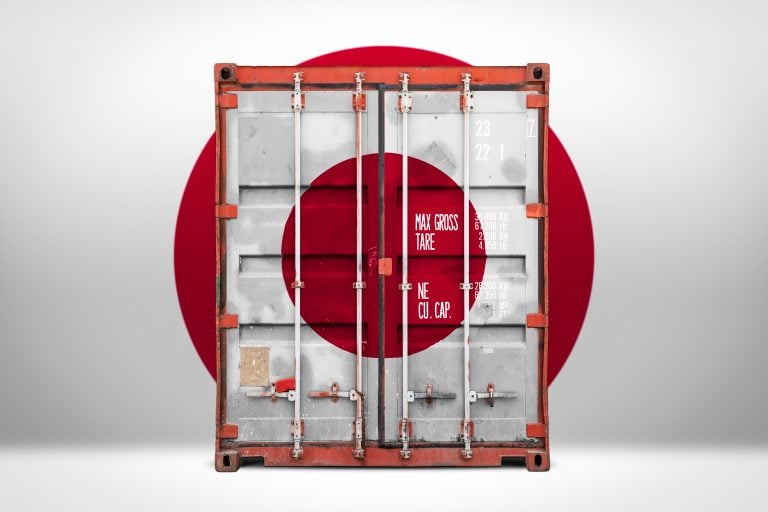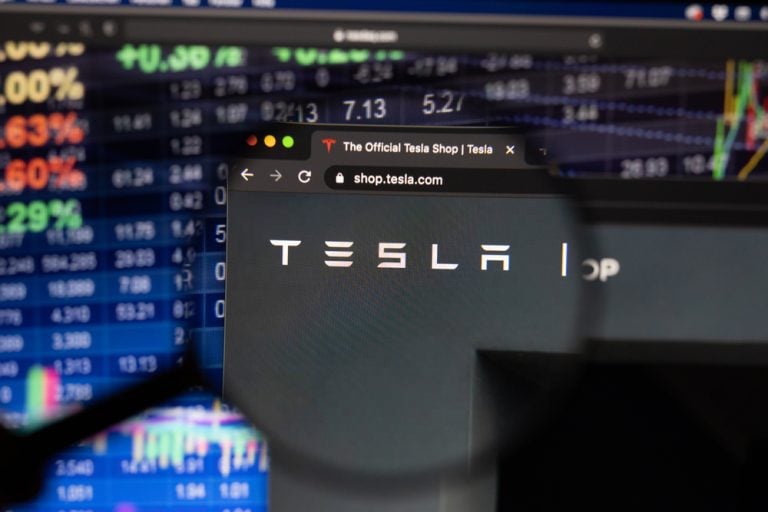Score one for the Australian Renewable Energy Agency’s (ARENA) sense of drama with its choice to announce the shortlisted applicants for the $2bn Hydrogen Headstart program as the year draws to an end.
Topping the charts – and accounting for nearly half the total electrolyser capacity of over 3.5 gigawatts – is the Murchison Hydrogen Renewables project.
Funded by Copenhagen Infrastructure Partners – a world leader in green energy investments – and backed by leading renewable energy investors including two major Australian superannuation funds, the project seeks to develop 1,625MW of electrolyser capacity in the Murchison area within Western Australia’s Mid West region.
This will combine a wind and solar farm with a desalination plant and a production facility to produce green hydrogen for conversion into ammonia for export.
Other notable applicants include KEPCO’s Port of Newcastle green hydrogen project with 750MW of electrolyser capacity and Stanwell Corporation’s Central Queensland hydrogen project with 720MW of electrolyser capacity, both of which are also looking to produce ammonia.
The shortlisting of large players isn’t surprising as they tend to have deep pockets and are far more likely to complete projects – an important consideration when the program’s objective is to catalyse Australia’s hydrogen industry to take advantage of our “unparalleled opportunity to be a global hydrogen leader”.
Under the program, projects seeking to produce renewable hydrogen or derivatives, such as renewable ammonia or methanol, at scale can apply for a production credit delivered over 10 years to bridge the commercial gap between the cost of producing renewable hydrogen and the market price.
Ammonia the way to go?
The shortlisted applicants highlight the strong interest Australia has in becoming a leader in the hydrogen space by leveraging our advantages (abundant sunlight, land, etc).
While these projects are obviously able to help Australian companies that need the green gas with their decarbonisation efforts, they are aimed primarily at export.
Green hydrogen has been oft touted as a replacement for liquefied natural gas though concerns have been raised about the lack of demand so far, high cost of production and challenges involved in transporting the gas, which not only liquefies at a much lower temperature than natural gas – requiring more power – but also has lower energy density.
The last point could be why the vast majority of shortlisted projects have chosen ammonia as the medium by which to transport hydrogen.
While there is a considerable energy cost involved in converting hydrogen into ammonia, it has many advantages over liquefaction.
For starters, it is relatively stable and both safer and easier to transport – especially over long distances. No surprise given that ammonia has been used in the industrial sector for decades.
It also has significantly higher volumetric energy density than liquid hydrogen, meaning that more energy can be transported for the same volume, which goes a long way towards making it economically viable.
Is this the right way to go?
While it is too early to tell as yet, ammonia’s advantages certainly seem to have convinced the shortlisted companies about the way forward, and they can’t all have chosen to do so without a good deal of studies put into it.
There is always the likelihood that more effective ways of transporting hydrogen might be developed, but for now, ammonia seems to be way forward.
The post GOT GAS: Ammonia proponents can smell victory as Hydrogen Headstart applicants flock to the industrial chemical appeared first on Stockhead.





















+ There are no comments
Add yours